Dan Falk in Undark:
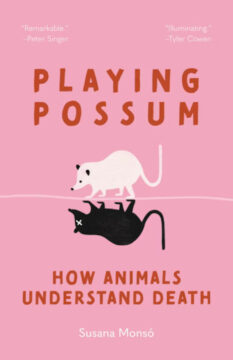 Our relationship with death is a complex one. At an intellectual level, we understand our mortality, yet we go to great lengths to banish the notion from our minds. In most circumstances it’s a taboo subject for conversation. At the same time, we have elaborate rituals around death, and it inspires all manner of art, literature, music, and more. (Think Prince Hamlet’s “To be or not to be” speech, Mozart’s “Requiem,” and the Great Pyramid of Giza.)
Our relationship with death is a complex one. At an intellectual level, we understand our mortality, yet we go to great lengths to banish the notion from our minds. In most circumstances it’s a taboo subject for conversation. At the same time, we have elaborate rituals around death, and it inspires all manner of art, literature, music, and more. (Think Prince Hamlet’s “To be or not to be” speech, Mozart’s “Requiem,” and the Great Pyramid of Giza.)
And what of our animal cousins? When Charles, a western lowland gorilla, died in the Toronto Zoo last year, did his fellow primates mourn his passing? What does a gazelle think when a member of its herd becomes a lion’s dinner? Questions like these have been very much on the mind of the Spanish philosopher Susana Monsó, whose new book, “Playing Possum: How Animals Understand Death,” invites the reader to think about death from the point of view of the creatures we share the planet with.
While Monsó is a philosopher, her investigation draws on empirical studies from various scientific disciplines. Being a philosopher may even give her an edge, as it allows her to incorporate knowledge from many different fields.
More here.
Enjoying the content on 3QD? Help keep us going by donating now.

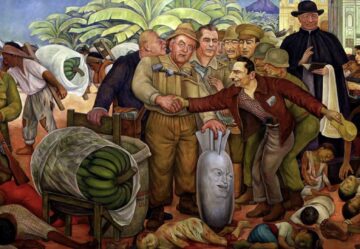 When people point to the US-influenced historical causes underlying emigration from Central America, Guatemala is one of the case studies. It’s also an example of the “
When people point to the US-influenced historical causes underlying emigration from Central America, Guatemala is one of the case studies. It’s also an example of the “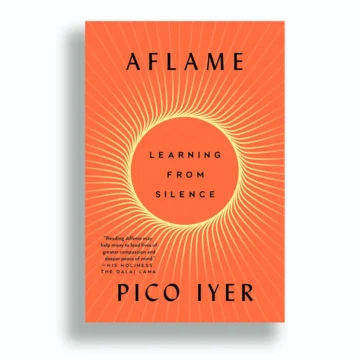 Pico Iyer seems to have spent his life in motion, shuttling between homes in Japan and the United States, not to mention journeys to Ethiopia, Tibet, Cuba and beyond. But there’s one place he’s gone to seek out stillness ever since he was young: the Santa Barbara Vedanta Temple. Perched in the hills above his childhood home, the temple offers sweeping views of the bucolic California town and the ocean shimmering in the distance, and it provided Iyer with an early sense of refuge, he said.
Pico Iyer seems to have spent his life in motion, shuttling between homes in Japan and the United States, not to mention journeys to Ethiopia, Tibet, Cuba and beyond. But there’s one place he’s gone to seek out stillness ever since he was young: the Santa Barbara Vedanta Temple. Perched in the hills above his childhood home, the temple offers sweeping views of the bucolic California town and the ocean shimmering in the distance, and it provided Iyer with an early sense of refuge, he said. I remember the moment
I remember the moment OpenAI
OpenAI ‘R
‘R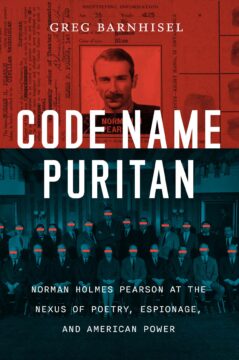 During the 1950s and ’60s, Norman Holmes Pearson was one of Yale’s most successful and beloved professors. On the first day of each term, he would crab-walk to the front of the class, his misshapen body—the result of a childhood fall—on full display. Former students often remarked that the uneasy silence of that first day gave way to a dramatic crescendo of applause following Pearson’s lectures. One such student, journalist Thomas Wolfe, called Pearson “the most superbly theatrical teacher I have ever seen.”
During the 1950s and ’60s, Norman Holmes Pearson was one of Yale’s most successful and beloved professors. On the first day of each term, he would crab-walk to the front of the class, his misshapen body—the result of a childhood fall—on full display. Former students often remarked that the uneasy silence of that first day gave way to a dramatic crescendo of applause following Pearson’s lectures. One such student, journalist Thomas Wolfe, called Pearson “the most superbly theatrical teacher I have ever seen.” Flu is a disease caused by a family of related influenza viruses. Pandemic flu is always caused by the influenza A virus. Influenza A has two surface antigen proteins, hemagglutinin (18 flavors) and neuraminidase (11 flavors). A particular flu strain is named after which flavors of these two proteins it has – for example, H3N2, or H5N1.
Flu is a disease caused by a family of related influenza viruses. Pandemic flu is always caused by the influenza A virus. Influenza A has two surface antigen proteins, hemagglutinin (18 flavors) and neuraminidase (11 flavors). A particular flu strain is named after which flavors of these two proteins it has – for example, H3N2, or H5N1. Shortly after the recent election, the New York Times reported the results of
Shortly after the recent election, the New York Times reported the results of  Let me sum all this up because it’s too much information to process: What o3 just did is leap into uncharted territory. OpenAI
Let me sum all this up because it’s too much information to process: What o3 just did is leap into uncharted territory. OpenAI 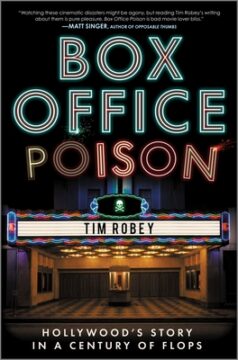 There are three rules for avoiding a cinematic flop. Rule one: don’t pick a title that is boring, misleading or hard to pronounce. The title wasn’t the only thing that was bad about the misfiring romantic drama Gigli (2003), starring Jennifer Lopez and Ben Affleck, but the fact that cinemagoers weren’t sure if they should be asking for ‘two tickets to Giggly’ didn’t help. Synecdoche, New York (2008) and The Hudsucker Proxy (1994) had more people reaching for their dictionaries than their wallets. But what about a title that has nothing whatsoever to do with the story?
There are three rules for avoiding a cinematic flop. Rule one: don’t pick a title that is boring, misleading or hard to pronounce. The title wasn’t the only thing that was bad about the misfiring romantic drama Gigli (2003), starring Jennifer Lopez and Ben Affleck, but the fact that cinemagoers weren’t sure if they should be asking for ‘two tickets to Giggly’ didn’t help. Synecdoche, New York (2008) and The Hudsucker Proxy (1994) had more people reaching for their dictionaries than their wallets. But what about a title that has nothing whatsoever to do with the story? P
P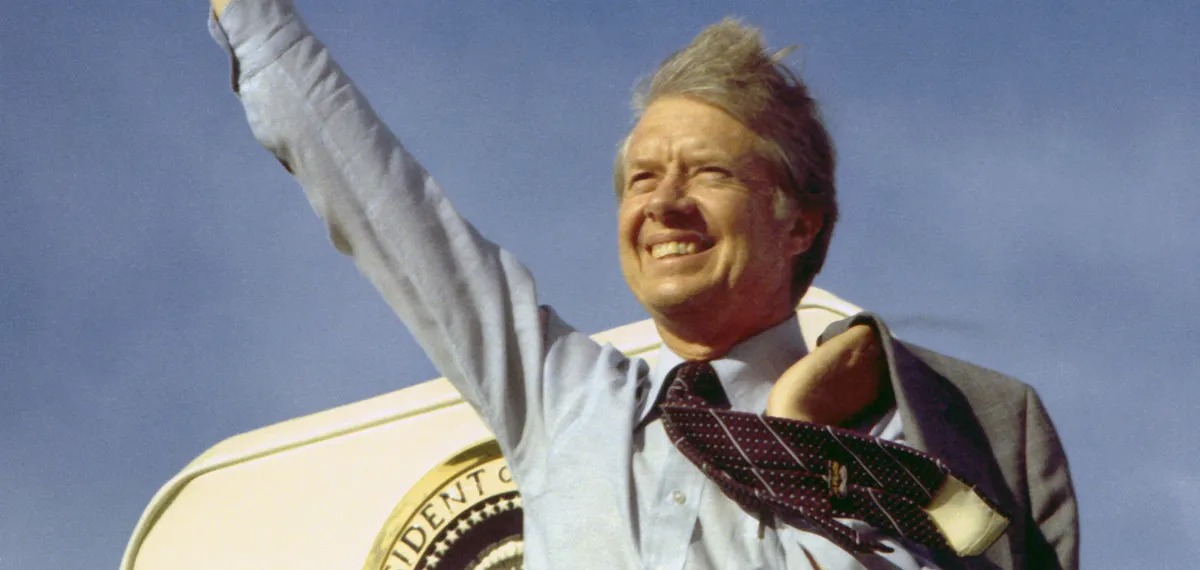 The story starts in 1974 when
The story starts in 1974 when